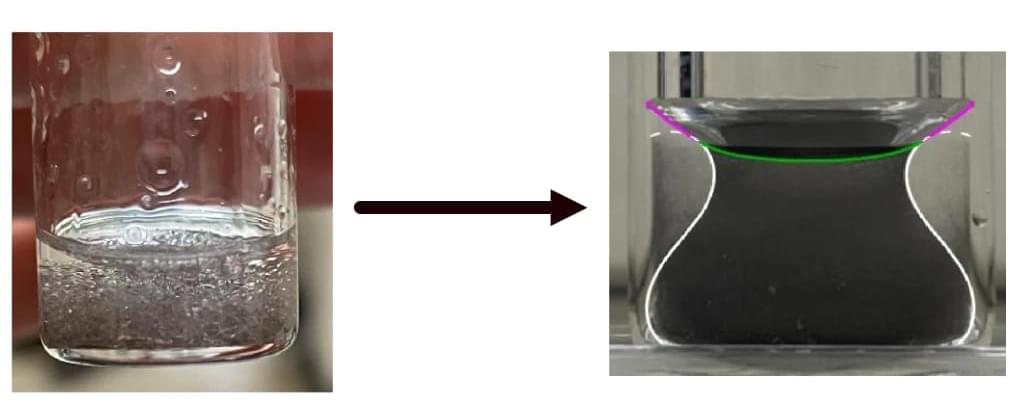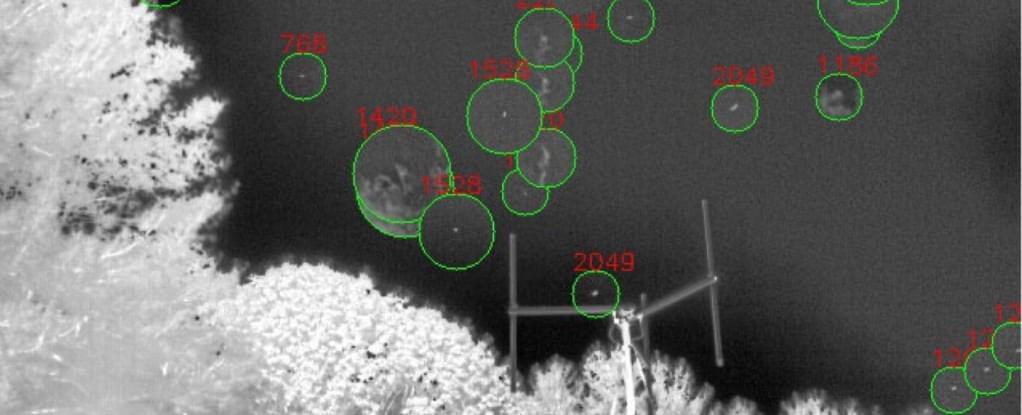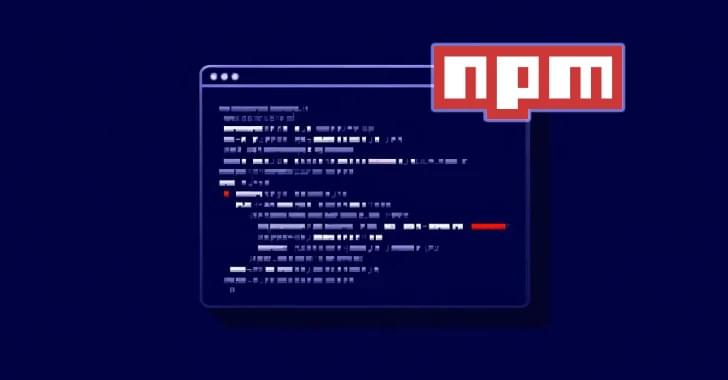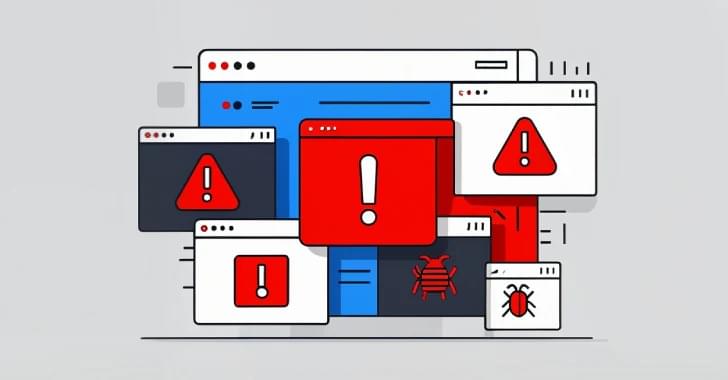A container of oil and water separated by a thin skin of magnetized particles has intrigued a team of chemical engineers by taking on an unexpected ‘Grecian urn’ shape upon agitation.
“I thought ‘what is this thing?’,” graduate student Anthony Raykh from the University of Massachusetts Amherst recalled, after doing what all chemistry students love to do, mixing materials with intriguing properties just to see what would happen.
“So, I walked up and down the halls of the Polymer Science and Engineering Department, knocking on my professors’ doors, asking them if they knew what was going on.”









